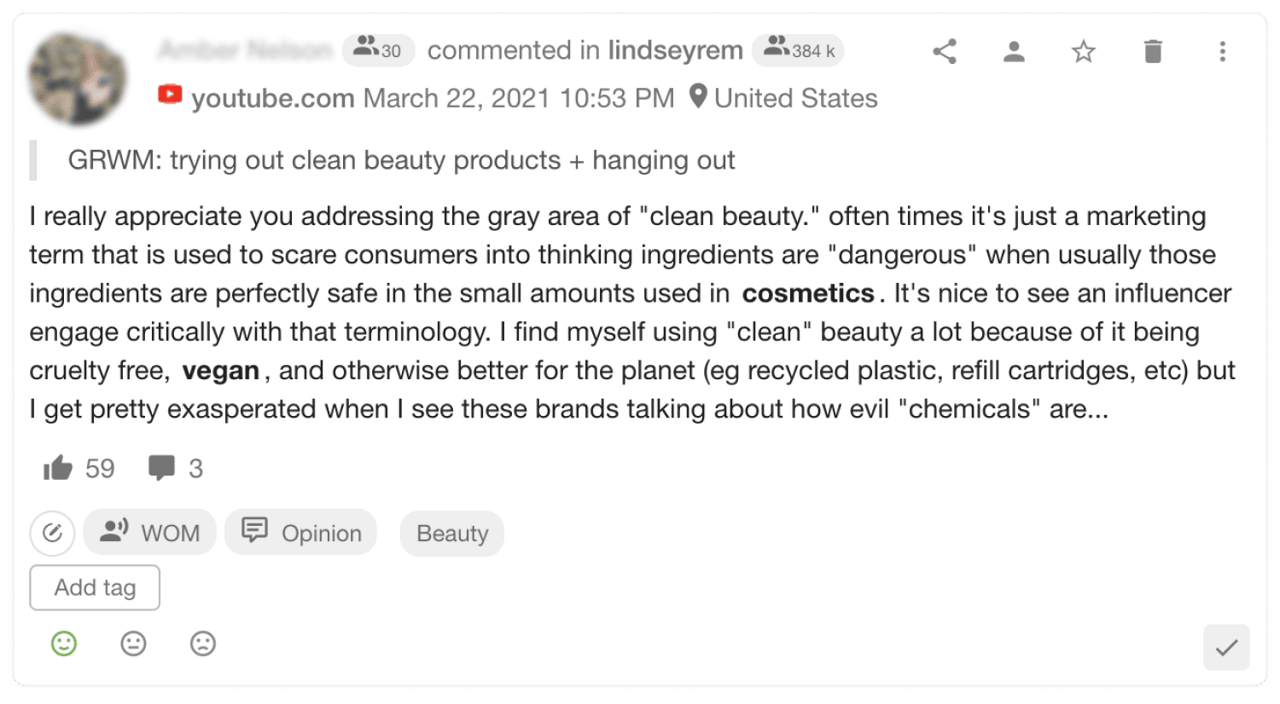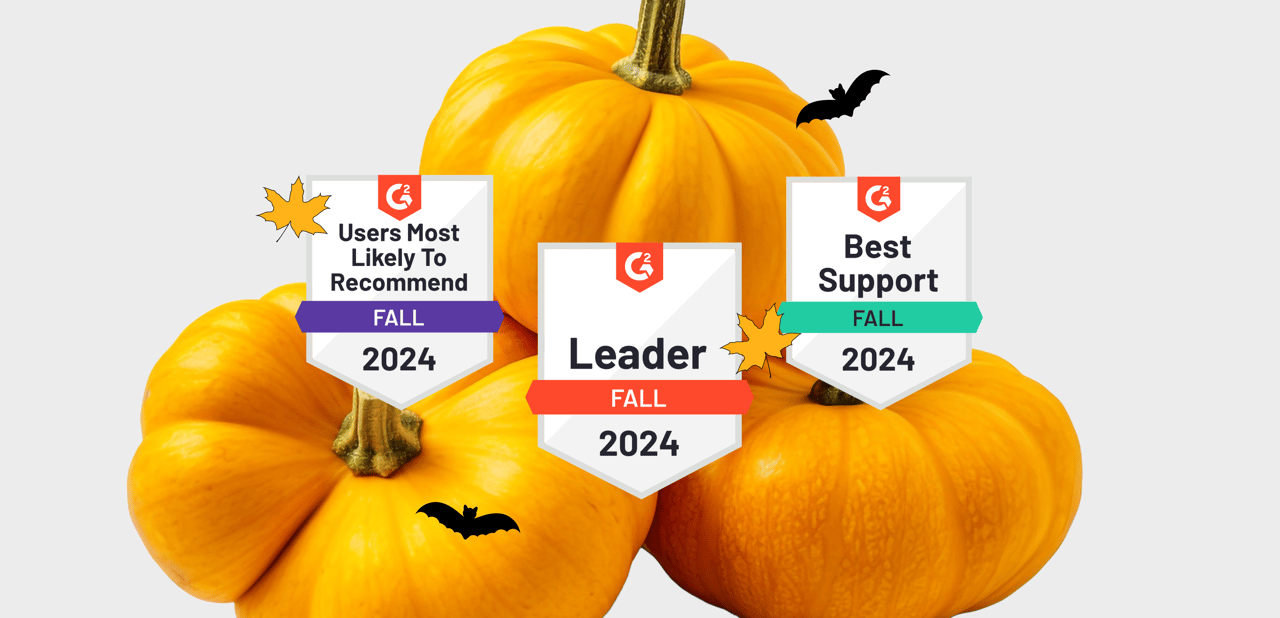What is tribal marketing and how it can strengthen your marketing strategy

Identifying a customer as part of a tribe is not the newest approach but still rare. So, how can tribal marketing change your ways?
Have you ever thought about yourself as a "25-30 y.o, female, Bachelor or Master degree, working in marketing"? Hardly have you. When you meet someone in the bar, more likely that you'll describe yourself as a book lover, a fan of Harry Potter, a running enthusiast, and the ambassador of strawberry gelato.
The problem is, marketers still identify their prospects and customers by what they are instead of taking them by who they are. Putting demographics in the first place, they might miss actual triggers that drive people to choose particular products. We are all humans, not "leads" in someone's client base, and we all have our own values, lifestyles, and passions. We rather belong to the tribe than to a marketing segment.
What is tribal marketing?
As you might guess from the introduction, you can consider a group of people as a tribe when they can be identified based on common behavior and values. Generally, tribal marketing is just a different approach to customer segmentation, considering other human characteristics than the classic demographics approach.
The most representative example of a tribe is gamers. Previously, there existed a stereotype that male teens are the most common video-game players. But with years, these boys grew up and turned into middle-aged players, as well as did girls get in the game too. Over time, not age or gender was the audience's main attribute but the desire to play.
If game development companies missed these critical changes, the industry would not reach over 130 billion dollars in 2020.
How tribe differs from brand community
Tribes are often confused with brand communities as they both unite people based on mutual interests. The difference is that tribe members share common social consumption practices. For example, sommeliers enjoy drinking different types of wine from all over the world. If you understand what a good wine is, it doesn't matter what region it is from or what the brand is. You belong to the tribe if you have a certificate and knowledge of wine.
Meanwhile, brand communities are focused on a particular brand rather than on a product category. A bright example is the Apple community. People from this group would never buy an Android smartphone or a PC even if they perform better than iPhone or Mac.
How to better understand tribes
Since brand communities are often a part of tribes, you can start analyzing your audience's behavior parallel with the niche. In YouScan, you can monitor not only your brand but also a category or industry to be up to date on what is popular and in-demand within an audience.
Combine these two research to get a more accurate picture of what is happening and understand how to plan your marketing efforts to attract the tribe's attention. Besides, when conducting research, the system allows you to detect trends, find influencers in your niche, reveal market opportunities, and much more.
Let's take an example of the Lush Fresh Homemade Cosmetics brand as a part of a tribe of so-called "clean beauty" adepts. People who are part of this community are interested in cruelty-free, vegan, handmade, and natural products, so we decided to dig deeper to find some insights that the Lush brand could hypothetically use in their communications.
When researching cruelty-free makeup topics, we've realized that people preferring cruelty-free products are also interested in vegan products. Meanwhile, for those who chose vegan brands, the fact that products are not tested on animals is equally important to being vegan.


Also, we've decided to find out what matters most when choosing natural cosmetics and compare if that can relate to what's essential to those who use regular cosmetics brands. It turned out that cruelty-free cosmetics users mostly keep an eye for the health effects and contents while regular cosmetics users pay more attention to design and customer service. Being the parts of similar tribes (from first sight), these people have different values and care about different things.


How can brands interact with tribes?
Habitually marketers try to make customers pay attention directly to the brand they represent and develop the brand community. We are not saying that such an approach doesn't work – it suits best companies already having a high brand awareness level. It also performs excellently in B2C, especially if the product is easy to understand and not very expensive.
Meanwhile, the tribal marketing approach implies focusing on the particular lifestyle to reach a wider audience than only brand community members.
So, what are the possible ways to implement tribal marketing?
1. Reinventing segmentation.
The tribal approach denies classical demographic segmentation, so, to begin, you can focus on the tribe's interests. Segment the audience by their passions and create value and content relevant to this passion. For example, if you produce healthy snacks, engage people with healthy recipes, including both your and competitor's products.
You can also help your prospects during different life events they are experiencing at the moment. For example, first-time parents will be happy to get consultations on raising a child unless you are trying to sell them the product actively.
Nevertheless, some demographic segmentation parts might still work for tribes as some activities or life stages are somehow dependent on age. For instance, entering a college or getting a driver's license is generally associated with young people. But try not to stick to such stereotypes as millennials are changing the rules actively in recent years.
2. Personalized marketing.
When you know which tribes your potential audience belongs to, building a more personalized marketing strategy is much easier. Moreover, proceeding beyond predicting online behavior on a website but referring to the personal context, your marketing activities can bring you solid results.
You can also reengage your existing customers by crafting a really personalized loyalty program, making them come back again and again and build even closer relations with your brand.
3. Increasing customer loyalty.
By becoming surrounded by like-minded people, brand credibility increases significantly. If all your friends who are fishermen buy spinning of an X brand, how likely would you choose another? Not much. Building connections between people and uniting them is the key to success. For example, the GoPro action camera is what connects extreme-sports enthusiasts all over the world. It doesn't matter if you are a snowboarder or a freediver – this camera is for you.
People also tend to recommend brands that share their beliefs or create niche products. For instance, finding a good shampoo for curly hair that will also be cruelty-free is taught. But customers are eager to advocate for Lush as it combines two mentioned aspects.


Even though tribal marketing isn't the newest invention, it's still not that popular or even well-known, so trying this approach is an excellent opportunity to boost your marketing efforts and become closer to the relevant tribes.
Using social media listening tools, you can discover which tribes intersect with your brand community and understand how to create a connection with these people. Book YouScan's free demo to start analyzing tribes.



-1729265312.png)
-1727269526.png)